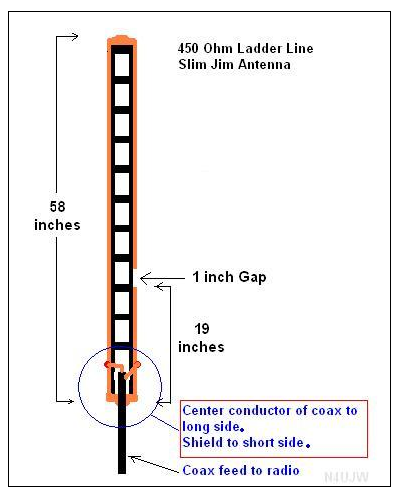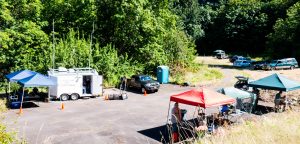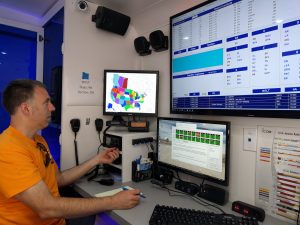The July ARES meeting/picnic was a great success! I think we all enjoyed being outdoors at Sellwood Park. Go-kits were displayed and the ARES trailer had its christening. Thanks to Chris Voss and Alice Busch for attending and leading the toast to the completion of the trailer project. We are nearly finished with the exterior graphics design and have chosen a company to do the work. It should be completed in the next few weeks.
Our first public outreach was August 4 at the National Night Out sponsored by the Rosewood Initiative at 161st and SE Stark. We had the opportunity to speak with many people about Amateur Radio and really promote the hobby and emergency communications. The trailer tours were very popular and most people were really amazed at the technology and capabilities.
As people learn about what we do there is a lot of appreciation that I want to pass along to you. Thank you for being ready to provide emergency communications to help provide services to all the citizens of Multnomah County. It is very much appreciated by many, many folks.
If you are interested in joining the outreach team contact Steve W7SRH at hallstr [at] hotmail [dot] com.
We have news from the State ARES leadership that Bruce Bjerke K7BHB has stepped down and Lisa Clarke KE7NIY has stepped up to the SEC (Section Emergency Coordinator) position. As the SEC-AEC for training, Lisa brings a lot of experience with her. Congratulations to Lisa!
The ARRL has announced it is looking into a new entry level license class which has the potential of bringing many more into the ham radio world. This is an exciting prospect as we continue to grow and expand our capabilities within Multnomah County.
The Fall season is starting to look busy. Save the date for the county wide MCARES exercise on September 10 and the Disaster Relief Trials on October 22. Other events include the HF Campout on September 23 and 24, The Portland Marathon on October 9, and the Swaptoberfest (in Rickreall) Emergency Vehicle show on October 15. These events help to keep our skills sharp and provide great training.
 We’re going to try to keep the momentum going this month with a discussion and live build demonstration of a Slim Jim portable antenna. Click
We’re going to try to keep the momentum going this month with a discussion and live build demonstration of a Slim Jim portable antenna. Click 


 The July meeting will be our annual Go-Kit Show and Tell, and we encourage everyone to bring their field operating gear and ideas to demonstrate and discuss. We’re stepping things up a bit this year, showing off the Multnomah County
The July meeting will be our annual Go-Kit Show and Tell, and we encourage everyone to bring their field operating gear and ideas to demonstrate and discuss. We’re stepping things up a bit this year, showing off the Multnomah County